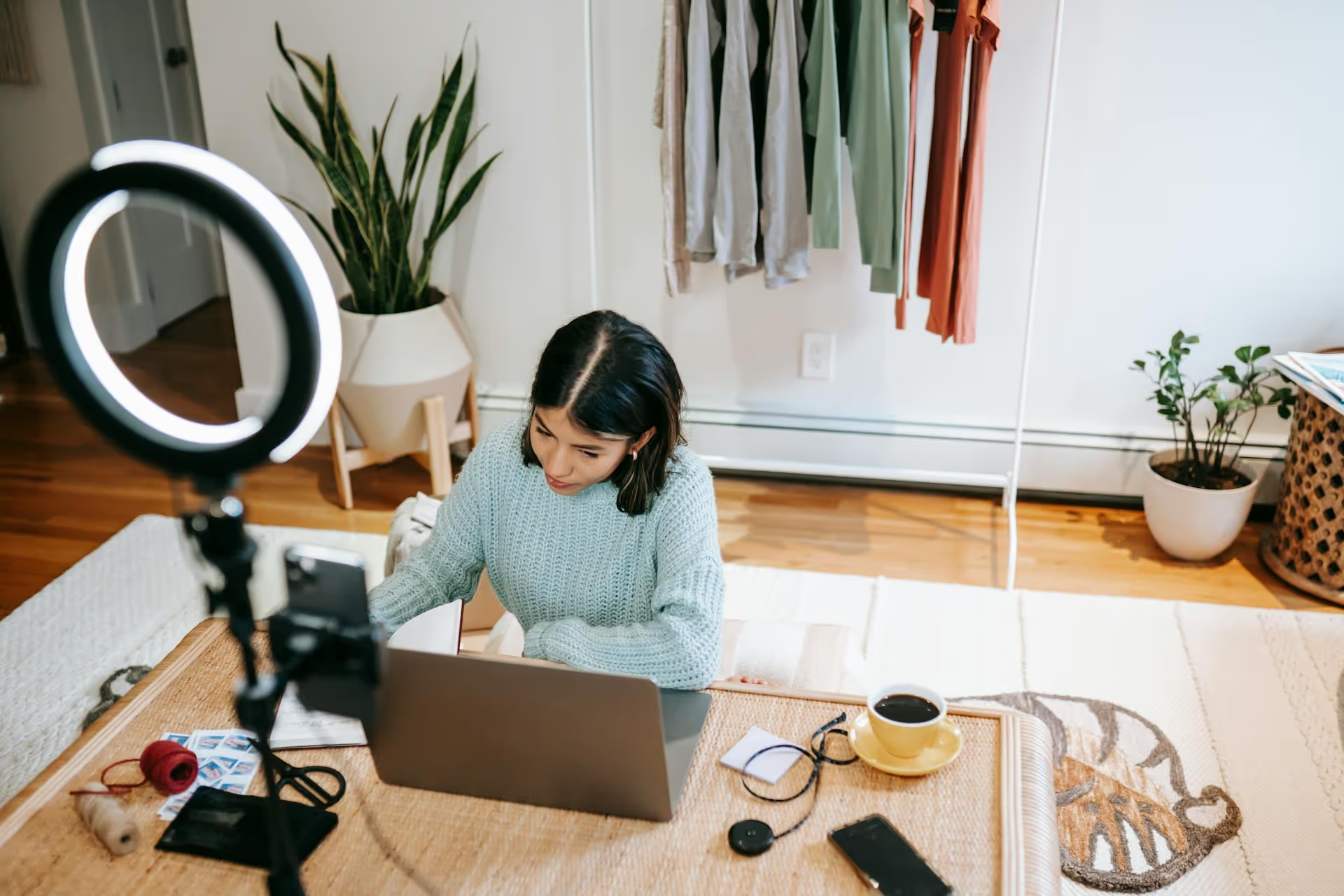How to Add Social Media Icons to an Email Signature
Enhance your email signature by adding social media icons. Discover step-by-step instructions to turn every email into a powerful marketing tool.

Losing access to your Facebook account due to a two-factor authentication issue can be incredibly frustrating - especially when you can't access the authenticator app. Whether you've lost your phone, upgraded to a new one, or the app simply isn't working, it can feel like you've hit a digital brick wall. The good news is you are not permanently locked out. This guide will walk you through the steps to recover your Facebook account without your authenticator and show you how to set up stronger backups to avoid this issue in the future.
It's helpful to quickly understand what's happening. Two-factor authentication is an essential security layer that requires a second form of verification beyond just your password. An authenticator app (like Google Authenticator or Duo) generates a temporary, unique code on your device that you enter when logging in. It's designed to protect you, but it can backfire if you lose access to that device.
Most people encounter this issue for a few common reasons:
Whatever the reason, the goal is the same: find an alternate way to verify your identity and regain access to your account. Let's explore the methods, from easiest to most involved.
Facebook provides a few fallback options. Work through these methods in order, as the first two are much faster than the third.
When you first set up two-factor authentication, Facebook provides a set of 10 one-time-use recovery codes. They explicitly encourage you to save these codes somewhere safe, like in a password manager, a secure note, or even a printed copy stored in a folder. If you have them, now is their time to shine.
Try this first if you remember saving a set of codes from Facebook. It's the most direct way back into your account, bypassing the authenticator app entirely.
IMPORTANT: The first thing you should do upon regaining access is reset your two-factor authentication. Go to your security settings and either set up your authenticator on your new phone or create new backup codes.
Facebook remembers the devices, web browsers, and locations you frequently use to log in. If Facebook can recognize that it's you logging in from a trusted source, it may let you bypass the authenticator code.
If you don't have your backup codes, this is your next best bet. It's ideal if you have another device, such as a home computer, work laptop, or tablet, where you have previously accessed Facebook.
If you don't have backup codes and can't access a recognized device, this is your final official option. You'll have to prove your identity to Facebook by providing a photo of a government-issued ID. This process takes more time and isn't guaranteed, but it's the designed path for people who are truly locked out.
Congratulations! Getting back in is a huge relief. Now, take 10 minutes to properly secure your account so this never happens again. Think of it as creating multiple different keys to your own front door.
Don't rely on just one method for 2FA. Facebook allows you to enable several options at once. Go to Security and Login >, Two-Factor Authentication.
Now that you know how valuable these codes are, generate a new set and store them properly.
Periodically check the list of devices that are authorized to log into your account. You can find this under Security and Login > Where You're Logged In. Remove any old computers, phones, or tablets that you no longer use. This tightens your security and ensures that only your current, recognized devices are considered "trusted."
Regaining access to your Facebook account without an authenticator relies on using the recovery options you may have already set up - like backup codes or trusted devices - or by formally verifying your identity with Facebook. Once you're back in, immediately set up multiple recovery methods to protect your account more resiliently for the future.
We know how devastating losing access to a social account can be, especially when it halts your entire content strategy for your brand. At Postbase, we believe managing your profiles should be simple and reliable. A huge part of that is feeling secure. And while we can't recover your password for you, we focus on maintaining stable, secure connections to all your accounts, so you don't waste time troubleshooting broken links or re-authenticating every other week. Your tools should make your life easier, not create another hurdle between you and your audience.
Enhance your email signature by adding social media icons. Discover step-by-step instructions to turn every email into a powerful marketing tool.
Learn how to add your Etsy link to Pinterest and drive traffic to your shop. Discover strategies to create converting pins and turn browsers into customers.
Grant access to your Facebook Business Manager securely. Follow our step-by-step guide to add users and assign permissions without sharing your password.
Record clear audio for Instagram Reels with this guide. Learn actionable steps to create professional-sounding audio, using just your phone or upgraded gear.
Add translations to Instagram posts and connect globally. Learn manual techniques and discover Instagram's automatic translation features in this guide.
Optimize your Facebook Business Page for growth and sales with strategic tweaks. Learn to engage your community, create captivating content, and refine strategies.
Wrestling with social media? It doesn’t have to be this hard. Plan your content, schedule posts, respond to comments, and analyze performance — all in one simple, easy-to-use tool.